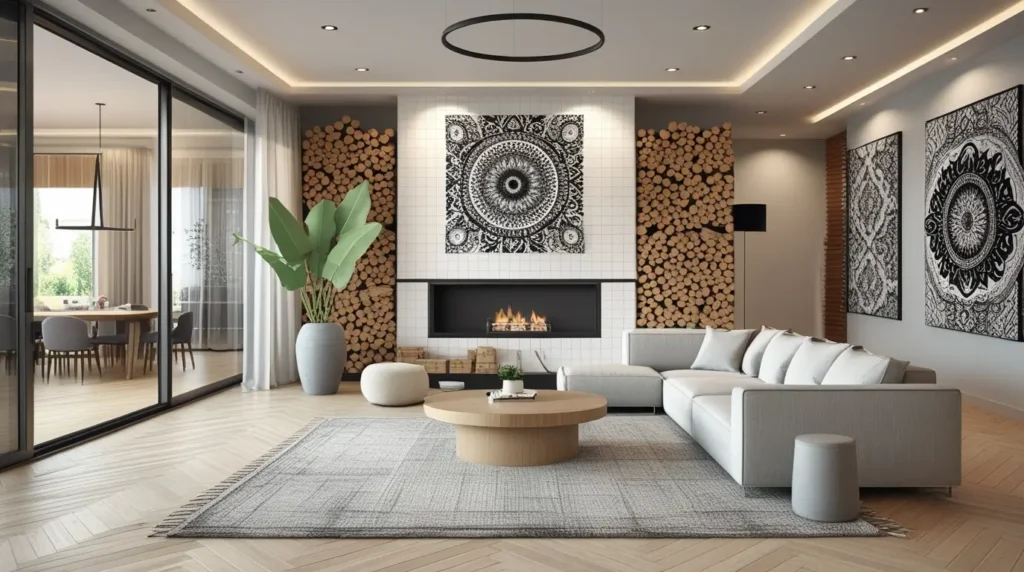
Top 10 Flooring Trends in Qatar for 2025: Style Meets Durability
As we step into 2025, Qatar’s interior design scene is buzzing with flooring trends that blend stunning aesthetics with the…
Read MoreWritten by
GrassAdmin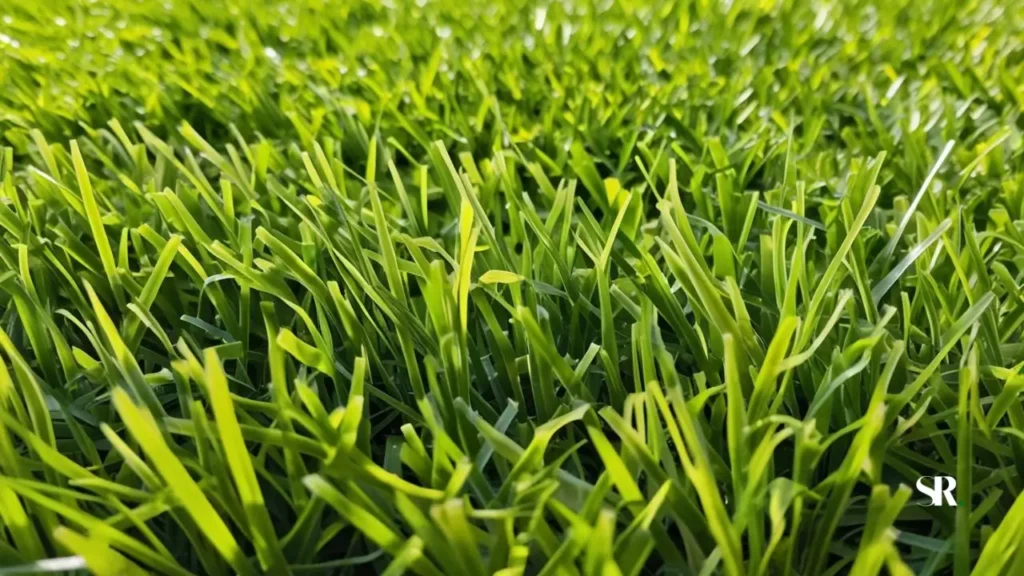
Can you install artificial grass on concrete? Absolutely! If you’re tired of dull, lifeless concrete surfaces and want to add a touch of green, artificial grass is an excellent solution. Not only is it visually appealing, but it’s also low-maintenance and durable. In this article, we’ll cover everything you need to know about installing artificial grass on concrete, from preparation to final touches, with tips and tricks to ensure success.
Artificial grass is a fantastic way to revamp concrete spaces like patios, balconies, driveways, or pool decks. Here are some compelling reasons:
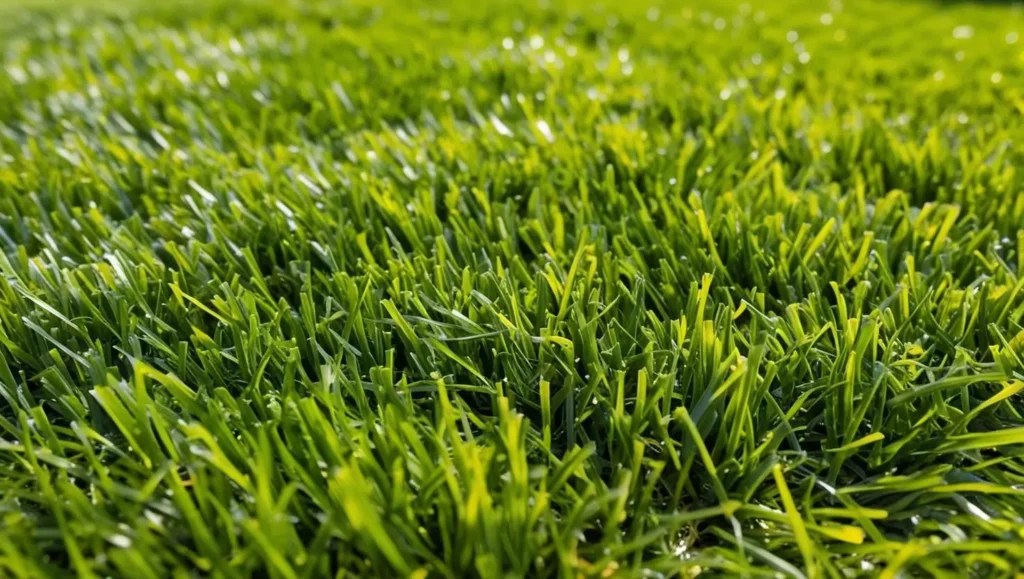
Before you begin, ensure your concrete surface is suitable for installation:
You’ll need the following items:
If your concrete has poor drainage, lay down drainage tiles. These tiles allow water to flow beneath the turf, preventing puddles and mold growth.
For added comfort and safety, especially in areas used by children or pets, lay shock pads over the concrete. These provide cushioning and reduce the hardness of the surface.
Unroll the artificial turf and let it sit in the sun for about an hour to remove creases. Position it over the concrete, ensuring it covers the entire area.
Use a utility knife and a straightedge to trim excess grass along the edges. Make precise cuts to ensure a snug fit, especially around corners or irregular shapes.
For a more natural look and added durability, spread silica sand evenly across the turf using a seed spreader. Use a broom or grass brush to work the sand into the fibers.
Once the turf is secured, brush the grass fibers upward to give it a lush appearance. Check for any wrinkles or loose edges and fix them as needed.
Installing artificial grass on concrete is a straightforward process that can breathe new life into your outdoor spaces. By following the steps outlined in this guide, you can create a lush, green area that’s both functional and aesthetically pleasing. Whether you’re sprucing up a patio or creating a safe play area for kids and pets, artificial turf is a practical and attractive solution.
Ready to transform your concrete space? Start your project today and enjoy the beauty and convenience of artificial grass. Have questions or tips to share? Drop them in the comments below—we’d love to hear from you!
Stay updated with the latest trends and insights in the flooring industry.

As we step into 2025, Qatar’s interior design scene is buzzing with flooring trends that blend stunning aesthetics with the…
Read More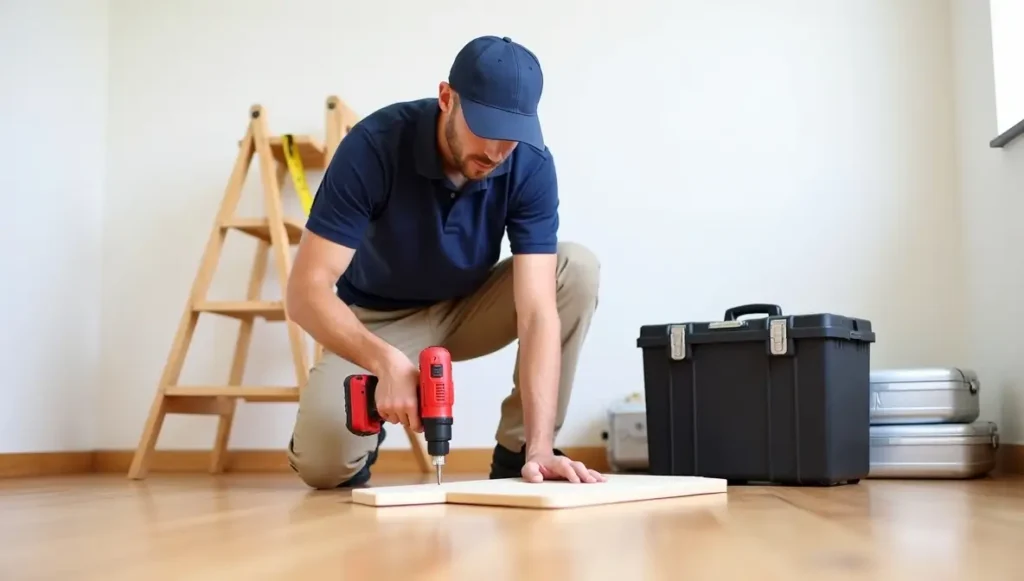
Transforming your home or business with new flooring is an exciting yet significant investment, especially in Qatar, where the harsh…
Read More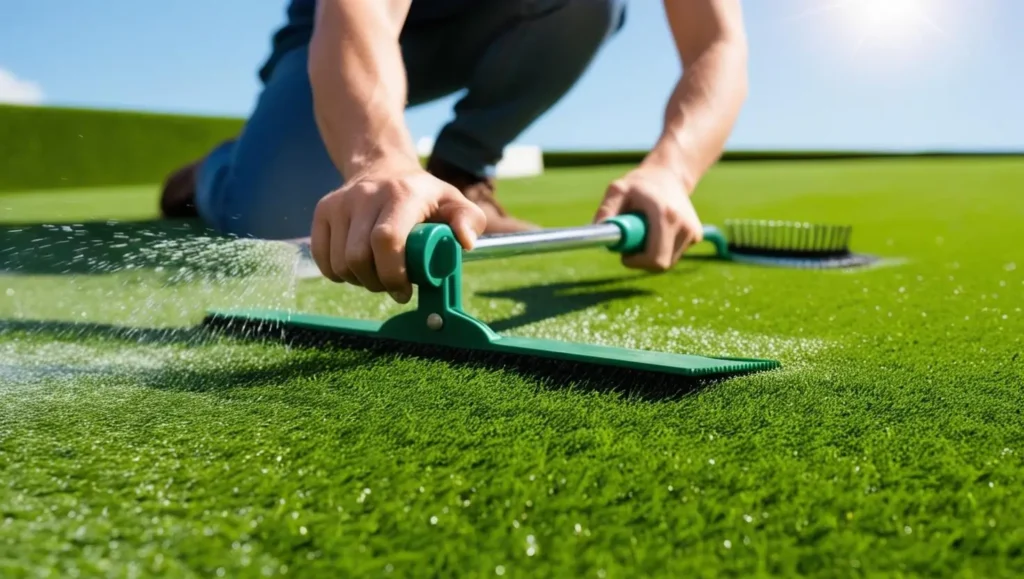
Artificial grass is a wonderful alternative to natural lawns, offering year-round beauty with minimal upkeep. However, maintaining artificial grass still…
Read More
Can you install artificial grass on concrete? Absolutely! If you’re tired of dull, lifeless concrete surfaces and want to add…
Read More
Artificial turf has become an increasingly popular alternative to natural grass, thanks to its low maintenance and year-round lush appearance.…
Read More